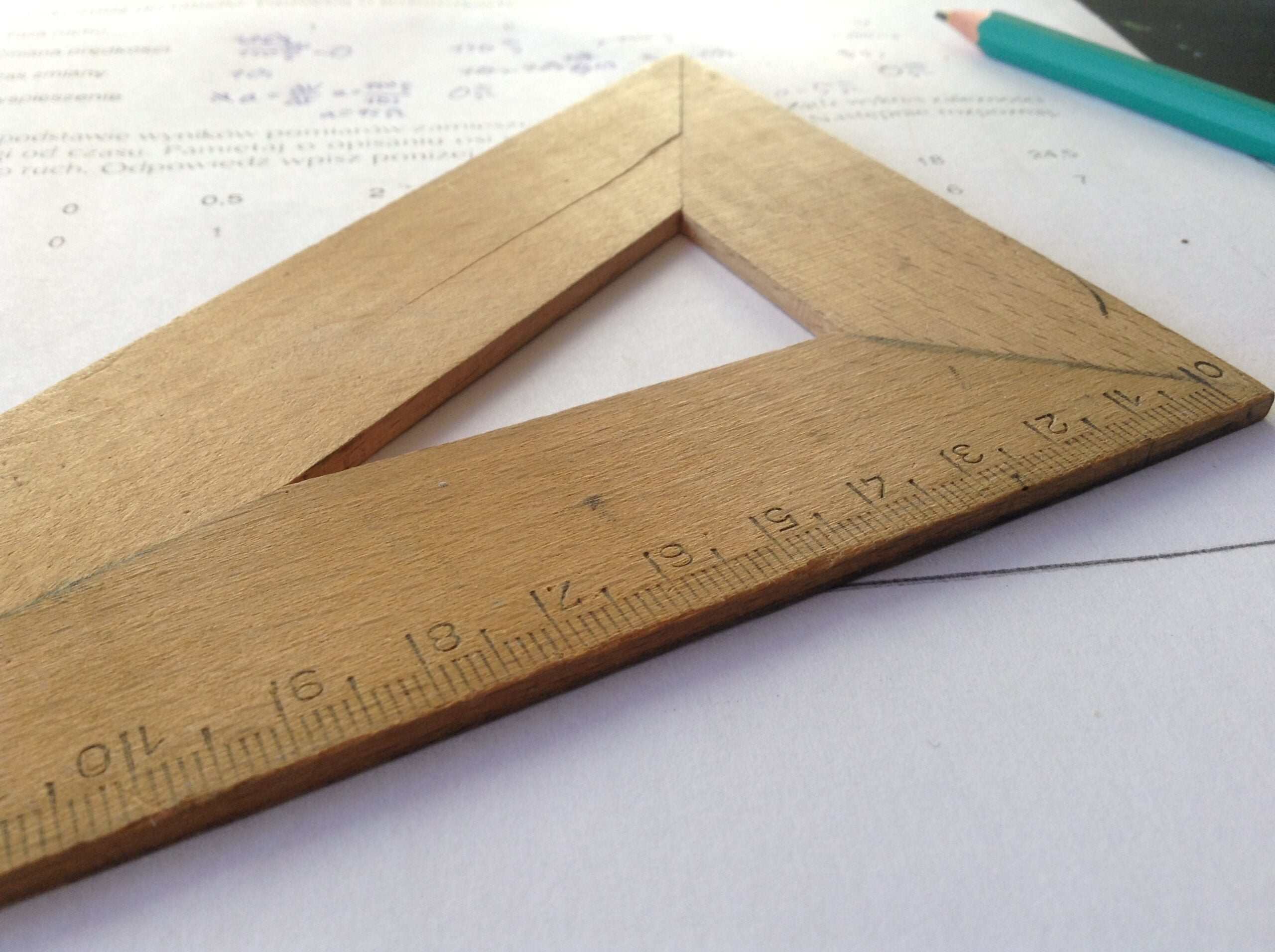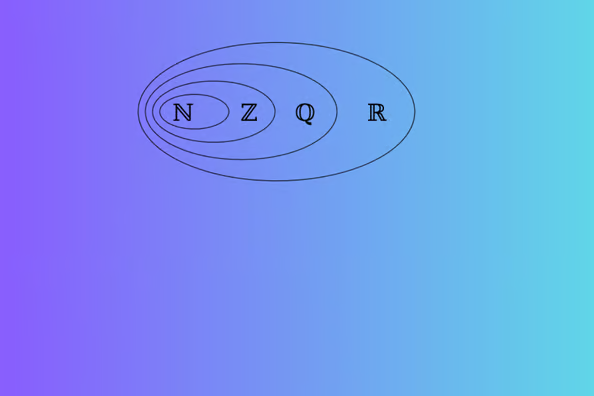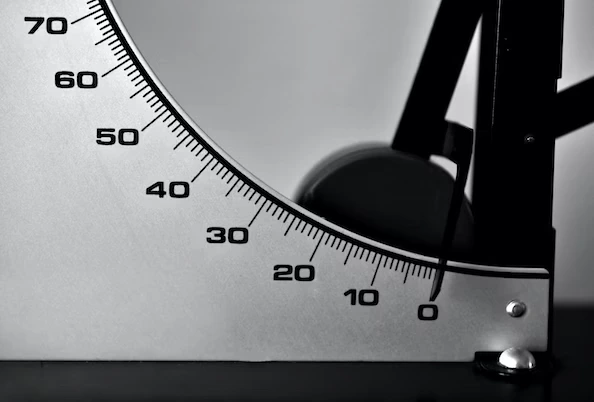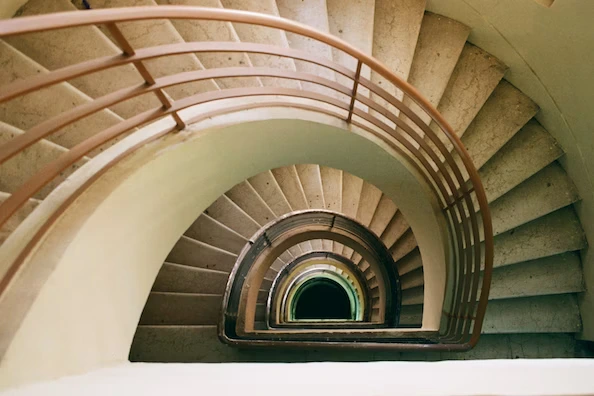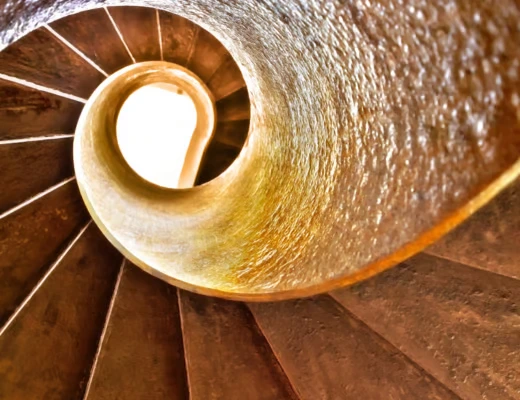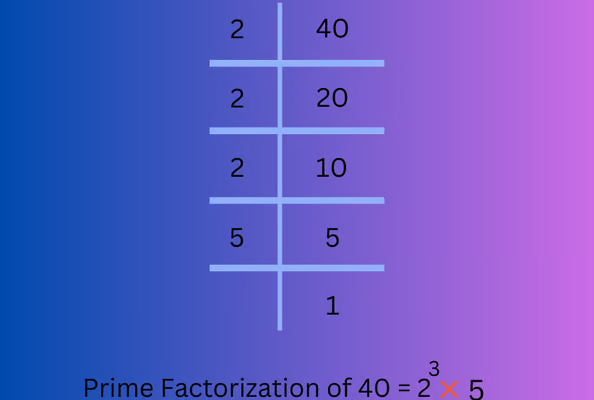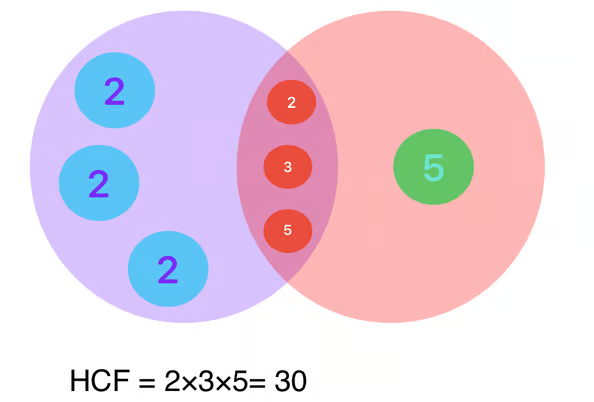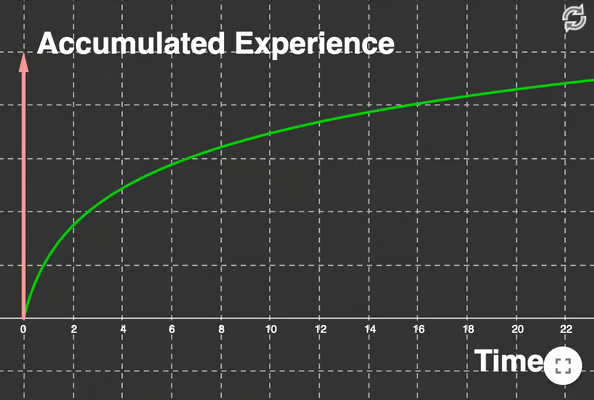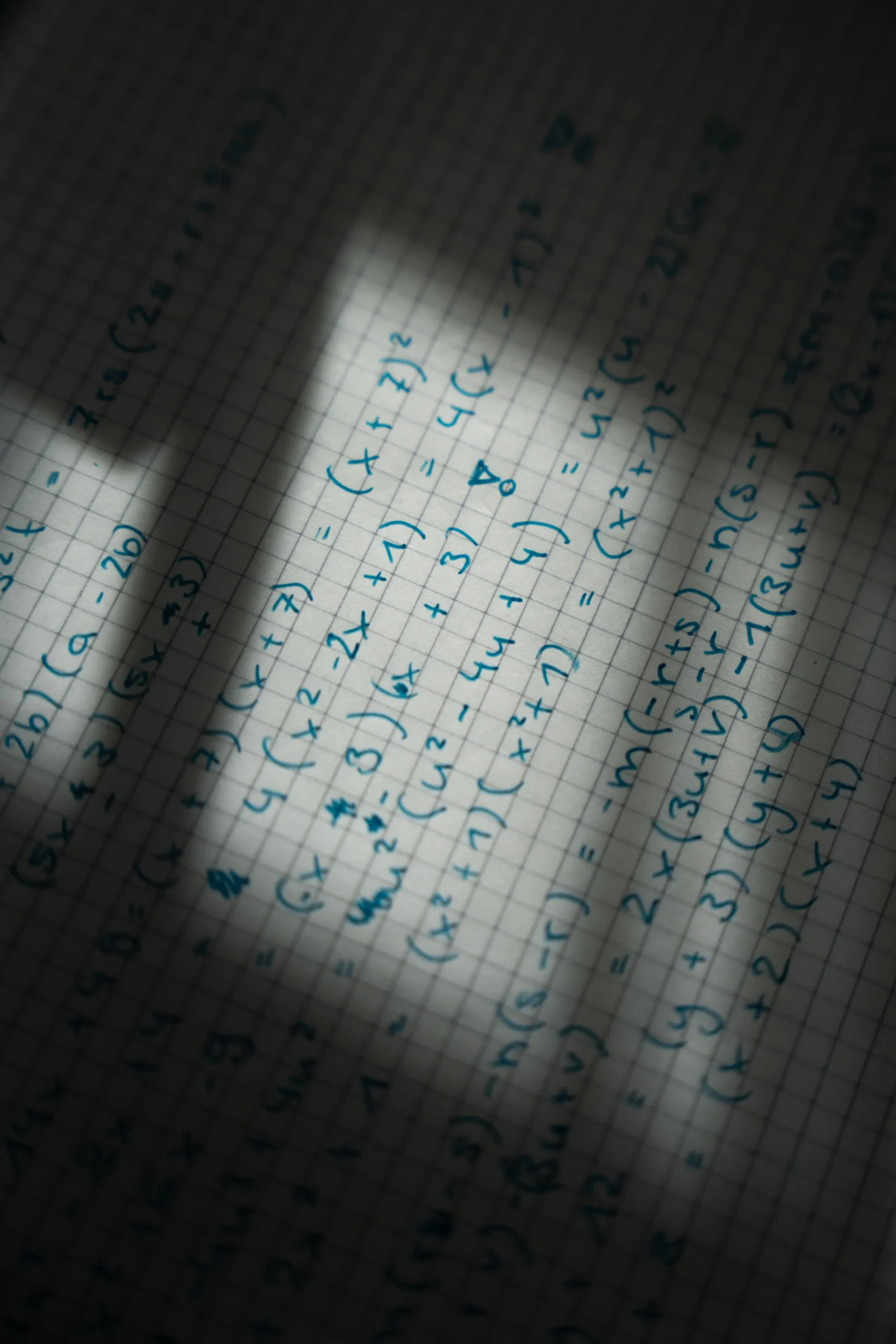Learn about geometry basics like types of angles, about triangles, about rectangles, trapezoids, circles, volume and surface areas of sphere, cylinder, cone
Last updated : 29 June 2024, Saturday
Verified for accuracy
Supplementary and Complementary Angles
- If sum of measures of 2 angles is 180 degree then those angles are supplementary
- If sum of measures of 2 angles is 90 degree then those angles are complementary


Basic Geometry of Triangles
- Sum of angles of a triangle is 180 degree
- Right triangle has one of the angles as 90 degree
- Two similar triangles have their corresponding angles equal and their corresponding lengths are in the same ratio
- Congruent triangles are a fundamental concept in geometry. They are triangles that are exactly the same in terms of size and shape. This means that each corresponding side and angle of one triangle is equal to the corresponding side and angle of the other triangle. There are several criteria to determine if two triangles are congruent:
- Side-Side-Side (SSS) Criterion: If all three sides of one triangle are equal to the corresponding sides of another triangle, then the triangles are congruent.
- Side-Angle-Side (SAS) Criterion: If two sides and the included angle (the angle between the two sides) of one triangle are equal to the corresponding two sides and the included angle of another triangle, then the triangles are congruent.
- Angle-Side-Angle (ASA) Criterion: If two angles and the included side (the side between the two angles) of one triangle are equal to the corresponding two angles and the included side of another triangle, then the triangles are congruent.
- Angle-Angle-Side (AAS) Criterion: If two angles and a non-included side of one triangle are equal to the corresponding two angles and a non-included side of another triangle, then the triangles are congruent.
- Hypotenuse-Leg (HL) Criterion: This is a specific criterion for right triangles. If the hypotenuse and one leg of a right triangle are equal to the hypotenuse and one leg of another right triangle, then the triangles are congruent.
- When triangles are congruent, it implies that all corresponding pairs of sides and angles are equal. This is a key concept in proving the similarity and equality of shapes in geometry.
- In only right angled triangles, Pythagoras theorem applies which states that a2+b2 = c2, where a and b are the lengths of the legs and c is the length of the hypotenuse.
- Exterior angle property: An exterior angle of a triangle is equal to the sum of the opposite interior angles
- Based on side, types of triangles are:
- Equilateral: All 3 sides are equal, all 3 angles are equal measuring 60 degrees
- Isosceles: Only 2 sides are equal and the angles opposite the equal sides are equal
- Scalene: All 3 sides are of different length, all 3 angles are of different value
- Based on angles, types of triangles are:
- Acute: All 3 angles are less than 90 degree
- Right: One angle is 90 degrees and side opposite to right angle is called hypotenuse
- Obtuse: One of the angles is more than 90 degrees
- Area of triangle is (1/2) × base × height









Basic Geometry of rectangles
- A rectangle is a quadrilateral with 4 right angles
- Opposites sides are equal and parallel
- Diagonals are equal in length and bisect each other meaning they cut each other in half
- Perimeter is 2(length + width)
- Area is calculated as length × width
About trapezoids basic geometry
- Type of quadrilateral that has a distinctive property: at least one pair of opposite sides is parallel known as bases of the trapezoid

About Circles
A circle is a fundamental shape in geometry characterized by a set of points in a plane that are equidistant from a fixed point, known as the center

Finding area of irregular figures
Area of irregular figures can be found out by dividing the area of those figures into figures whose areas we know and then adding up those areas.
Example: Find the area of following shaded region

Area of shaded region can be found out by finding area of semicircle and the trapezoid and adding both areas as shown in figure below:

Volume and Surface Area
- Volume is the measure of amount of space occupied by a three dimensional object
- Surface area is the total area that the surface of an object occupies. It’s essentially the sum of the areas of all the shapes that cover the surface of the object.
- Volume and surface area of a rectangular solid:

- Cube is a rectangular solid that has L=H=W=a
- So Volume will be a3
- Surface area will be: S = 2a2 + 2a2 + 2a2 = 6a2
- Volume and Surface Area of Sphere:

- Volume and Surface Area of a Cylinder

- Cone:
- Volume

Surface Area of Cone

